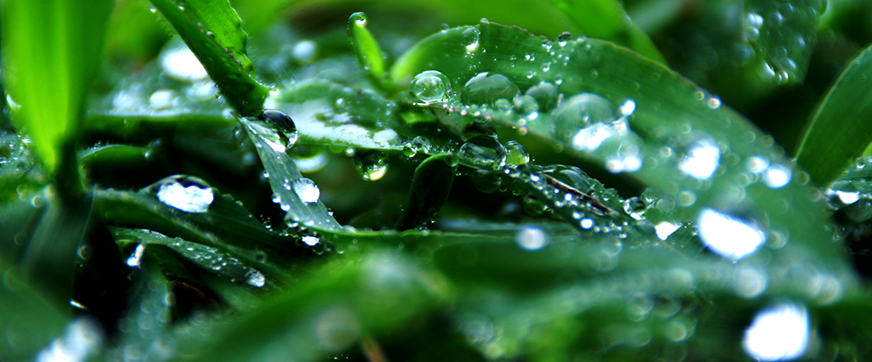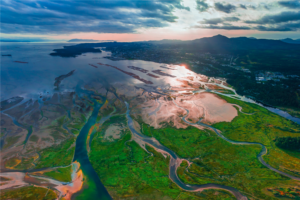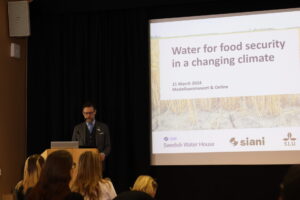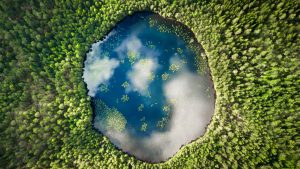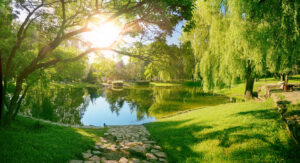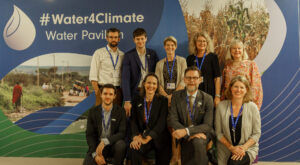Trees: what do they stand for?
Last week, more than 4,000 people converged in Durban, South Africa for the World Forestry Congress. Every couple of years, the world’s forestry community, alongside youth, women and local communities, comes together to address critical issues relating to forestry. SIWI participated in the congress, in particular the 2 day “Forest and Water Dialogue”, presenting results from SIWI’s Swedish Water House cluster group on water and forests. More information can be found here.
Forests and water?
Forests regulate the quantity and quality of water. The density, and type of tree species determines the amount of evaporation of water, the rate of infiltration and therefore the hydrological cycle.
The interaction between water and forests is not only local however. The Blue Nile supplies water for around 200 million people. A large share of the atmospheric moisture that feeds the precipitation into the Blue Nile Basin actually originates from the West African rainforests. The tap water you used to brush your teeth this morning most likely originally came from a protected forest area. Overall, about one third of the world’s largest cities, such as Mumbai, Bogotà and New York, obtain a significant proportion of their drinking water directly from protected forested areas.
This year, the global community will agree on targets to help halt climate change, and goals to ensure sustainable development. The interaction between forest and water will play an important role in both of these processes. Forests are important carbon sinks, and reducing the emission of greenhouse gases will need to include restoration, protection and plantation of large areas of forest.
The World Forest Congress was an important step towards the integration of the forest and water policy agenda. A five year action plan was launched at the congress, through which a network of partners committed to further enhance research on forest and water interaction.
Enhanced cooperation, exchange of knowledge and interaction between the forestry and water sector is crucial to secure water, food and energy for the world’s growing population.
